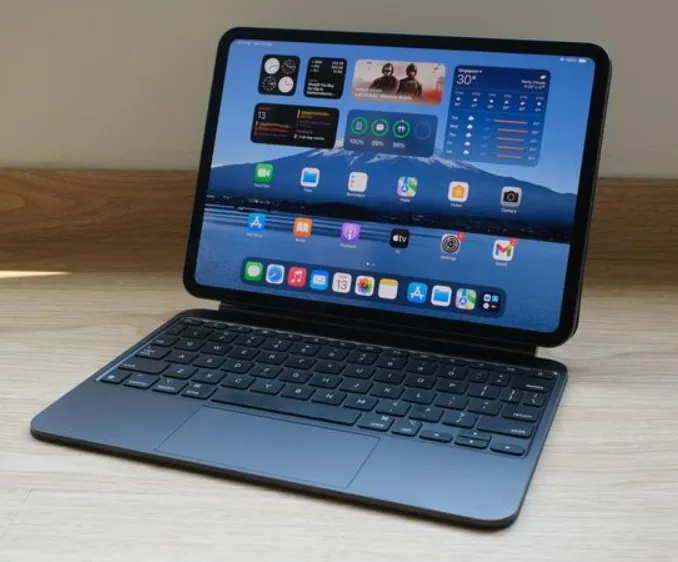When Apple unveiled its thinnest iPad Pro in May 2024, expectations were sky-high. Featuring an OLED display for the first time on an iPad and a sleek new form factor, the device was pitched as a breakthrough in design and performance. Yet just a few months later, sales figures suggest the launch has not delivered the momentum Apple anticipated.
Falling Short of Projections
Available in 11.1-inch and 13-inch sizes, both versions of the OLED iPad Pro were marketed as game-changers. Apple initially forecasted shipments of around 10 million units for 2024, betting big on the appeal of the brighter, more contrast-rich display. However, industry analysts at DSCC report that panel shipments dropped 40% in the third quarter alone, with an additional 30% decline expected before year-end. The larger 13-inch model appears to be struggling the most, with demand projected to fall by as much as 90% in Q4.
Pricing Creates Pushback
A major factor behind the slower adoption seems to be cost. The 11.1-inch version starts at $999, while the 13-inch model begins at $1,299. In an uncertain economic environment, many consumers are holding back on luxury electronics, prioritizing essentials over premium tablets. Even for Apple loyalists, the price tag makes upgrading harder to justify.
The Limits of OLED
While OLED technology offers deeper blacks and more vivid colors, many current iPad Pro owners already have impressive Mini LED displays and powerful M3 processors. With tablets typically lasting longer than smartphones, users don’t feel the same urgency to upgrade, leaving the OLED upgrade less compelling than Apple may have hoped.
Looking Ahead
Apple’s upcoming Q3 earnings report, due on October 31, will shed more light on how this new iPad Pro has affected overall sales. For now, it’s clear that pricing pressures and lukewarm demand for OLED screens in tablets are holding the product back. Apple may need more than a thinner body and a sharper display to win over buyers in today’s competitive market.
